Renewable Energy Hits New Heights: 440 GW Capacity in 2023
Renewable Energy Hits New Heights: 440 GW Capacity in 2023
Global renewable energy capacity additions are set to reach an all-time high of 440 GW in 2023. This growth is being driven by a number of factors, including expanding policy support, concerns over energy security, and the improved competitiveness of renewable energy compared to fossil fuel alternatives.
Solar is expected to account for two-thirds of the total increase, as policymakers in many countries, particularly in Europe, look to reduce their reliance on imported fossil fuels. Onshore wind is also expected to see significant growth, with capacity additions rebounding by 70% from 2022 levels.
India and the United States are expected to lead the way in terms of renewable capacity additions in 2023. In India, utility-scale solar projects are expected to slow briefly this year due to supply chain challenges, but overall, the country is on track to add more than 10 GW of renewable capacity. The United States is also expected to add more than 10 GW of renewable capacity, with both wind and solar technologies seeing significant growth.
The cost of electricity generation from new onshore wind and solar projects is expected to decline in 2024. However, the costs are still expected to be 10-15% above their pre-COVID levels in most markets outside China.
Solar and onshore wind are the most cost-effective options for new electricity generation in most countries, with 30-50% lower prices than future power contracts in key markets.
Governments need to consider recent inflation, interest rate rises, and commodity price turbulence when designing renewable energy auctions in order to attract investments effectively.
Market-driven procurement, particularly through corporate power purchase agreements, is expected to contribute around one-fifth of solar and wind capacity expansion in 2023 and 2024. The United States leads the expansion in corporate power purchasing agreements, followed by Brazil, Australia, Spain, and Sweden.
The global manufacturing capacity of solar is projected to reach nearly 1000 GW in 2024, which would be sufficient to meet the annual demand in the IEA’s Net Zero Emissions by 2050 Scenario. In contrast, wind equipment manufacturing is expanding slower and may struggle to keep up with the demand growth through 2030. While China remains the dominant player in global solar manufacturing capacity, there have been announcements of solar manufacturing projects in the United States and India, indicating diversification of supply chains in the medium term.
Overall, the outlook for renewable energy in 2023 is very positive. The global market is expected to grow significantly, driven by a number of factors, including expanding policy support, concerns over energy security, and the improved competitiveness of renewable energy compared to fossil fuel alternatives.
Suggested Articles
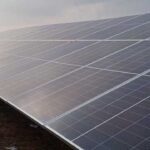
Solar Power System Efficiency: How to Calculate for Residential, Industrial & Commercial Use
Understand and measure your solar system’s performance. Maximize energy output at home, industrial units, and commercial buildings
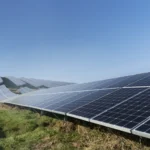
The Rise of Clean Energy: Solar Energy Trends in 2023
The solar energy industry is on the rise, as the demand for clean and renewable energy sources continues to increase. 2023 is shaping up to be a big year for the solar energy sector, as new technologies and innovations are expected to drive growth and expand the reach of solar energy.

7 Common Myths about Solar Energy in India
Solar power is not only less expensive, but it is also the most abundant source of clean energy.
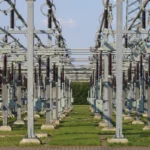
Haryana’s GEOA 2025: A Boost for Captive Solar Plants and Wind Energy Developers
Haryana’s GEOA 2025 paves the way for growth in captive wind and solar energy projects with investor-friendly reforms.
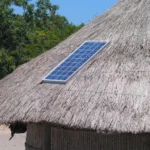
Solar Energy Myths vs. Facts: What You Should Know
Solar power myths often mislead homeowners. Learn the facts about cost, efficiency, and reliability of solar energy.
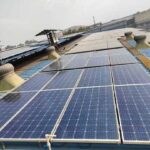
Solar Panel Sizes and Features in Delhi/NCR: A Complete Guide
Planning to install solar panels in Delhi/NCR? Explore the different sizes, technologies, and key features of solar panels available for residential, industrial, and commercial use. Learn how to choose the right one for your energy needs and roof space.

Complete Guide to Solar Panel Subsidy Scheme in Haryana
Solar power is not only less expensive, but it is also the most abundant source of clean energy.
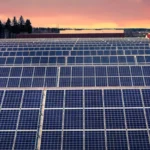
Delhi Government Pledges to Boost Renewable Energy Generation
Delhi, the capital city of India, is moving towards a greener future with an ambitious plan to generate an additional 6,000 MW of electricity using renewable energy sources.